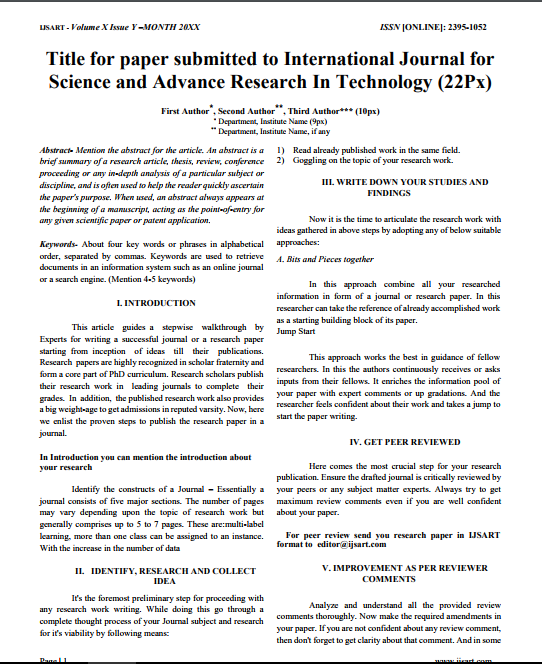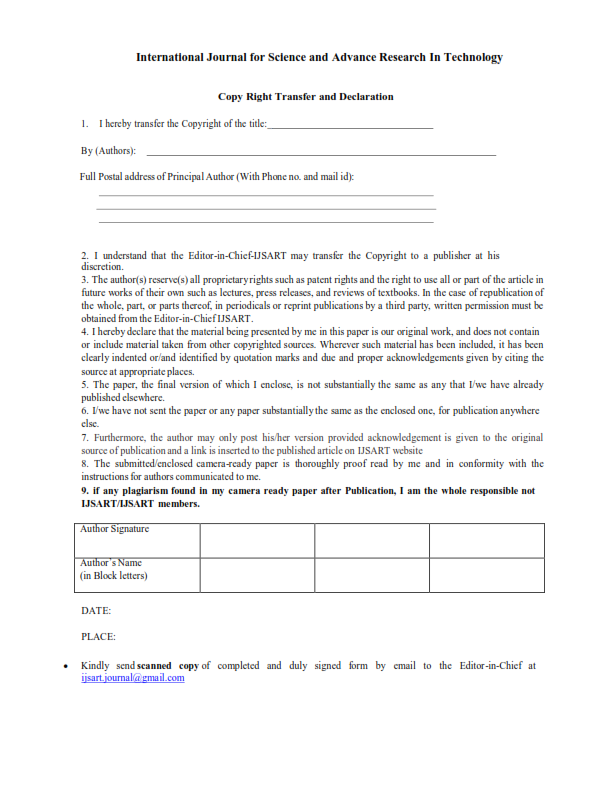PERFORMANCE EVALUATION OF TYPHA LATIFOLIA IN TREATING DOMESTIC WASTEWATER BY NATURALLY AND ARTIFICIALLY AERATED VERTICAL FLOW CONSTRUCTED WETLAND |
Author(s): |
| Mr. Rajnikant Prasad |
Keywords: |
| About Constructed Wetland, Artificial aeration, Coal, Brick Pats, Aggregate, Typha latifolia, Domestic Wastewater. |
Abstract |
|
With the increasing industrialization there is increase in the gap between the wastewater generation and availability of economical wastewater treatment plants. The natural method of treatment can be used to fulfill this gap. Constructed wetland is a natural treatment system which has low cost and minimum operational and maintenance cost. The natural method has some limitation in treatment due to insufficient oxygen present in the root zone of the plant. This paper is an attempt to evaluate the performance efficiency of naturally aerated and artificially aerated constructed wetland. For artificial aeration, air pump was used which was uniformly circulated in the beds. The lab-scale model was made to check performance of domestic wastewater (DWW) treatment with base media of brick pats, coal and aggregate in three layers from bottom to top respectively of height 120 mm each. The artificially aerated vertical flow constructed wetland named as AVFCW and naturally aerated vertical flow constructed wetland was names as NVFCW. Typha latifolia plant was used with inlet and outlet arrangements are made for vertical flow constructed wetland. The performance was checked for 4, 8, 12, 24, 48 hours. The performance increases as the detention time increases. The results clearly indicates maximum removal rate for COD, conductivity, TDS, pH in NVFCW and AVFCW was 49.12%, 67.05%, 56.89%, 65.88%, 49.12%, 61.87%, 6.44%, 9.26% respectively for the retention time of 2 days. As the HRT increases the efficiency increases. |
Other Details |
|
Paper ID: IJSARTV Published in: Volume : 2, Issue : 6 Publication Date: 6/14/2016 |
Article Preview |
|
Download Article |


